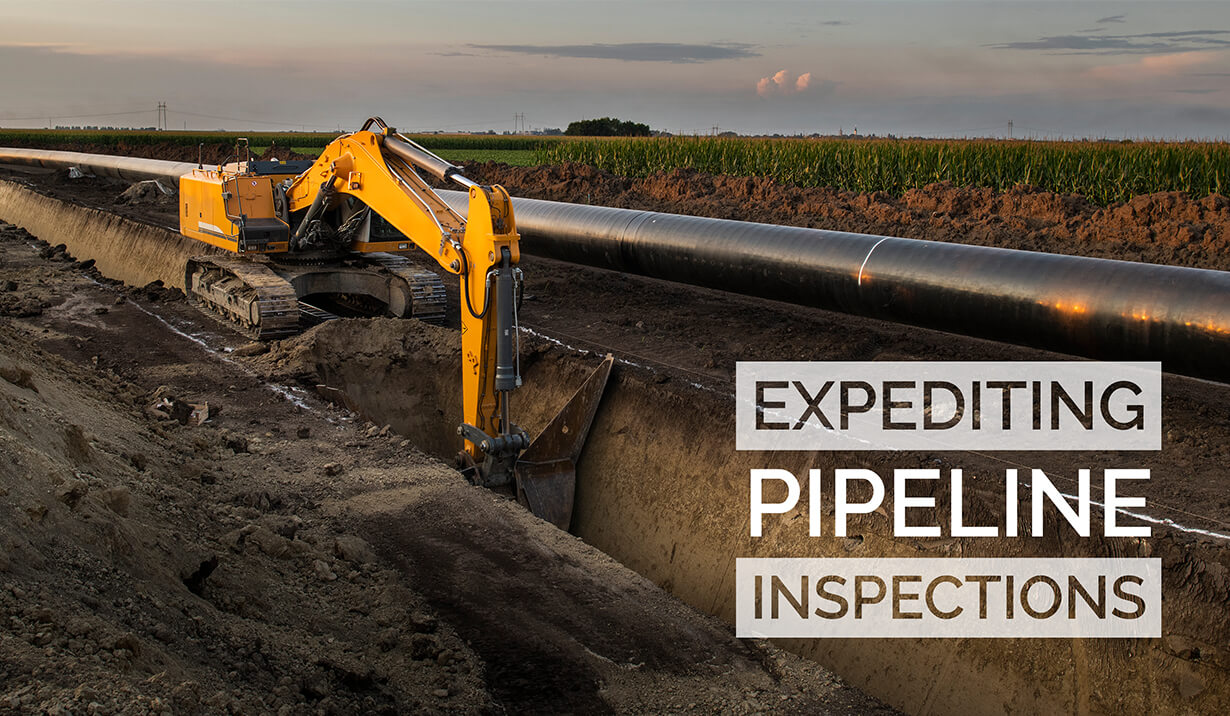How Nektar is Expediting and Improving Pipeline Inspections
Inspections and assessments are vital to the long-term useful life of oil and gas pipelines. In such a highly regulated industry, work performed on pipelines must be properly documented and tracked to ensure the highest levels of transparency and compliance. With so many parties involved in the upkeep of pipelines, it can be exceptionally difficult to make sure that the work being done is complete, accurate, and efficiently completed. Paper forms combined with a handheld GPS receiver and digital cameras are a bulky alternative to a much simpler solution: improving pipeline inspections with mobile data collection and management.
Using smartphones and tablets for field data collection is becoming an increasingly popular option for the oil and gas industry as a means of collecting better, more accurate data in a far more efficient manner than is possible with paper-based collection.
One smartphone app that is excelling in the oil and gas industry is Nektar, a mobile data collection and management company that customizes its products based on each client’s needs. This allows for all forms to be tailored into a mobile application for inspectors and contractors in the field. The benefits of mobile data collection over paper-based/laptop-based are threefold, with greater efficiency and accuracy over three different stages: data capture, data delivery, and data utilization.
Pipeline Inspection Field Data Capture: Improving Efficiency and Accuracy of Data Captured
Paper-based data collection is slow, inefficient, and prone to human errors. As a result, the use of paper to collect inspection data takes the inspector away from the primary task of inspecting the pipeline, and instead makes them focus on redundant, non-value-added steps while they are collecting data in the field.
Improving Pipeline Inspections Through Quality and Efficiency of Data Collection
It can be challenging to deliver the right data to the right people in an efficient manner when using paper. Often data must be compiled from the various sources of capture, such as cameras and forms, and then converted into a digital format before getting to the people who will be using the information. Oftentimes, inspectors must physically deliver forms, which is time that could otherwise be spent in the field.
When inspection data is collected using mobile data collection, which is stored in the cloud, the information is viewable in real-time and accessible from the field, office, or anywhere with a connection. Data can also be collected in offline mode where connectivity is sparse and uploaded once the individual is back within coverage or has a Wi-Fi connection.
Real-time visibility into the tasks being completed in the field also allows for complete transparency into the work being completed by employees and contractors. This real-time visibility into work being completed in the field promotes efficiency and confirmation of accountability without the need for supervisory personnel.
Utilizing Gathered Information Effectively
Once the data is collected and delivered to the necessary people, the problems tend to continue with paper-based collection. Often, errors are realized, or inconsistencies noticed, and some work must be completed again, taking even more time that would otherwise be spent on steps that add real value to the business.
Since information is available as soon as data is collected remotely, there is no delay between when work is completed and when the relevant information gets to the right people. Notifications can be sent immediately from the field if urgent issues arise that include all of the information attributed to the asset that has just been inspected. In critical scenarios, having a GPS location and asset status can be vital to understand the challenge at hand.
The data that can be collected using mobile data collection for pipeline inspections is much more accurate, complete, and efficient than its antiquated ancestor- paper collection. Efficiency improvements exist from the moment that the data is collected to when it is delivered and ultimately utilized to drive better decision making. Smartphones and tablets possess all the functionality of GPS receivers and digital cameras within a device that is a fraction of the size, and real-time updates from the field drastically improve efficiency and accountability.



